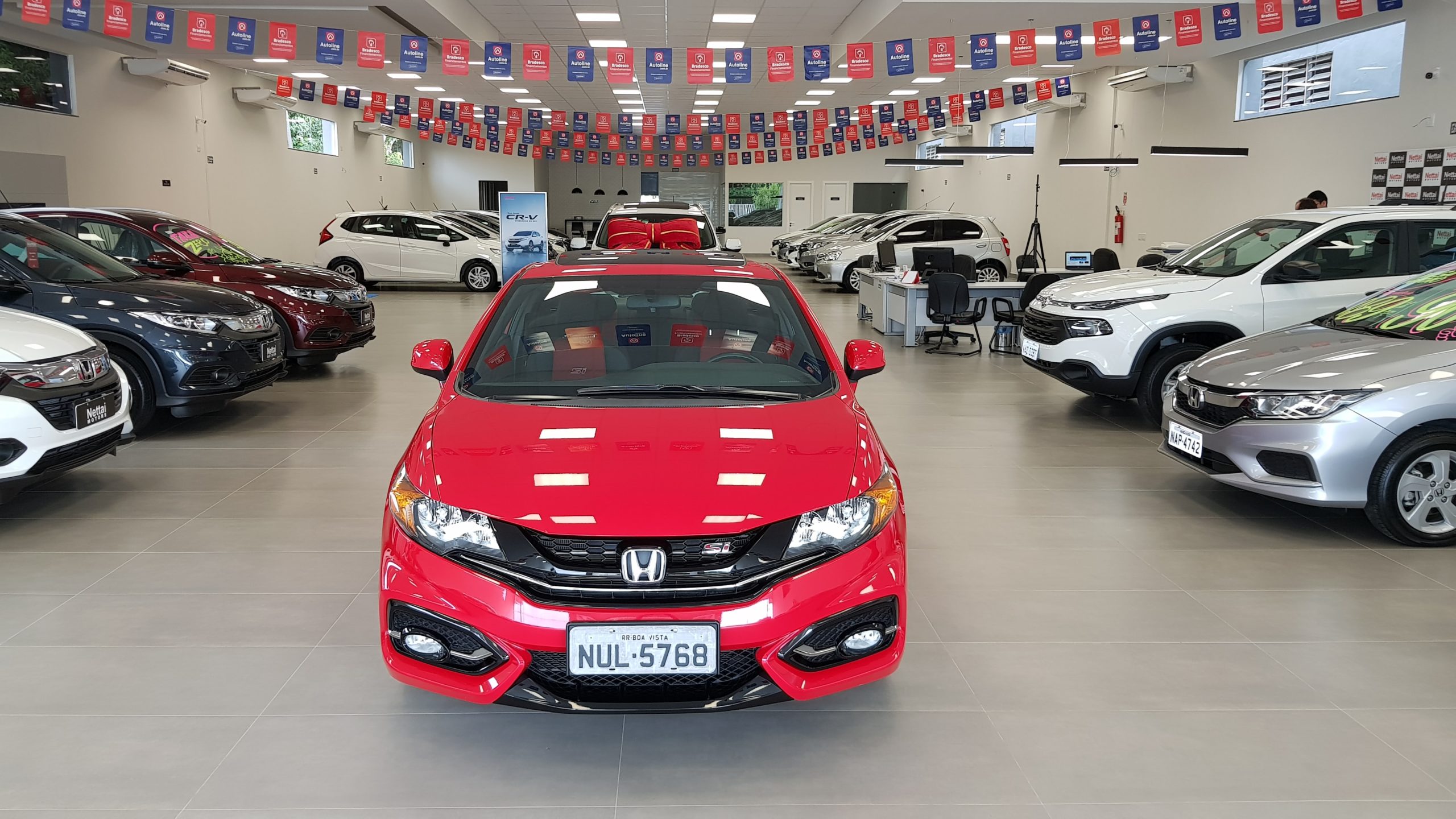The list of things to be cautious of when purchasing a used car is no longer as terrifying as it once was. Improved dependability, better manufacturing practises, and, of course, enormous advances in recordkeeping for insurance write-offs, outstanding loans, and maintenance history mean you can learn more about a used car’s history than ever before.
When purchasing a used automobile, there are several things to look for to guarantee that your vehicle operates as expected – with no unpleasant surprises.
Used car checklist summary
You’ll find more detail on each of the key areas below, but here’s our used car checklist at a glance…
- Examine the engine for leaks, oil level, head gasket condition, and exhaust smoke.
- The transmission and clutch. Test the clutch biting point and feel and listen for the smoothness of the gear shift.
- Examine the outside and below — a torch might help with the latter.
- Tyres and wheels Tread depth, rubber condition, and tyre brand are all factors to consider.
- Examine the boot, the dashboard (for mileage and danger lights), and the electronics extensively.
- Take a test drive. Don’t be shy about driving it until you’ve checked everything you want to.
- Service history.
Thoroughly Inspect the Used Car
As great as Trade Me vehicles or private sellers are, if you are not purchasing from a registered auto dealer, there is always an aspect of ‘buyer beware’ when purchasing a used car. You may (ideally) spend a few years with your new car, thus it is similar to a partnership, so avoid being catfished! Make sure you do an in-person examination and don’t be scared to ask questions.
When looking at second-hand cars, look beneath the hood for evidence of an oil leak. If there is oil on the asphalt or a lot of muck under the car, there is or has been an oil leak. The sludge under the engine is generated by road dirt adhering to the engine’s oily underbelly.
Used car interior checks
The health of a car’s interior can aid to determine whether or not the odometer numbers are genuine. A car with 20,000 miles on the odometer should have a nearly new interior; if it’s old and worn, particularly the steering wheel, seat bases, and side bolsters, the seller may be disguising something.
Examine the upholstery for rips or tears, drilled holes in the dashboard, and a drooping roof liner. A smoker’s automobile may also be susceptible to seat burns. If you’re satisfied with the state, that’s great; if not, negotiate some money off the price to cover repairs.
What is more crucial is that all of the gear functions well, from the lighting to the ventilation system (or air conditioning) to all electronic amenities like the windows, sunroof, radio, and central locking. If you notice anything that needs to be repaired, make a budget for it.
Check The Car’s History
Examining the vehicle history of the automobile is an incredibly crucial step you should do before opting to buy a used car. If you have done the preceding procedures and everything appears to be in order, you should verify the vehicle’s history for total piece of mind. A comprehensive background check from a reputed source such as the AA will offer complete piece of mind and will expose any dirty secrets the vehicle may have.
The history report will inform you whether the car has any outstanding financing, if it has been re-registered, if it has been reported stolen by the New Zealand Police, or if the odometer has been rolled back or interfered with.
The AA vehicle history check is available for $20 for AA members or $25 for non-members — it’s a small cost that could save you thousands later on.
Used car documentation
A binder stuffed with receipts for repairs done is the golden grail of secondhand automobile buying. This allows you to look up the car’s history to see what repair was done and what components were installed. It also allows you to compare the mileage to what is presented on the dashboard. A service book is also useful since it shows who has serviced the automobile and when. Each year, the distance should increase by a similar proportion. If the mileage suddenly drops, the automobile may have been clocked, which is the unlawful technique of ‘winding back’ the odometer to make the car look less worn than it is.
Go For a Test Drive
Following the completion of the visual checks, the next critical step is to take a test drive. Strangely, many purchasers do not select this option, despite the fact that it is very necessary. Any reputable dealer would gladly join you on a test drive. Test the car at various speeds, keeping an ear out for engine sounds and any annoying rattles. Check that the brakes and clutch are efficient and in good operating condition.

